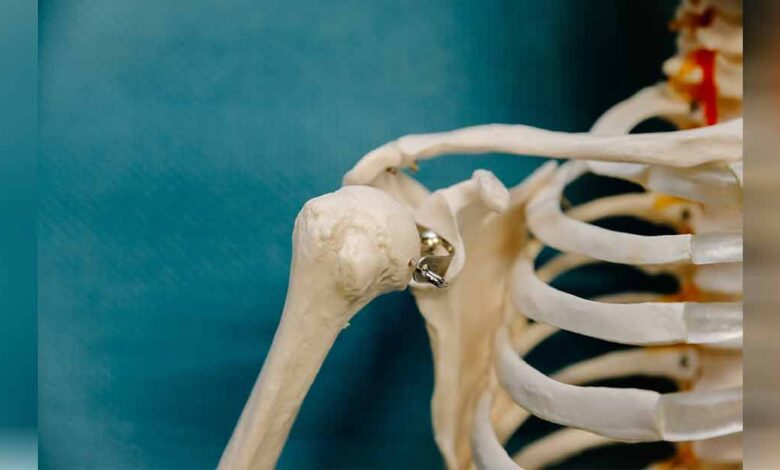
Hockey vs. The Shoulder
Ocean DeBusschere, of Make Waves Therapy & Fitness, shares her thoughts on injuries that can occur during a hockey season!
Hockey vs. The Shoulder
With hockey season happening I think it is important to discuss the most common injuries that happen in this sport and a few things you can do to prevent injury.
What are the most common hockey injuries?
Clavicle fracture, Acromioclavicular sprain and Glenohumeral dislocation.
How do these injuries occur?
Usually these injuries can occur when an athlete collides into the boards.These upper extremity injuries can also occur by hitting other players or even having your hockey stick jammed or hit awkwardly.
What is a clavicle fracture?
A clavicle or collarbone fracture is when there is a disruption to the osseous integrity of this bone.
INTERESTING FACT: 69-81% of clavicle fractures occur at the middle-third of the clavicle as it is the thinnest part of the clavicle
What is an acromioclavicular (AC) sprain?
An AC sprain occurs when there is a disruption to the ligamentous structures (coracoclavicular ligaments and the superior and inferior AC ligaments) of the AC joint.
INTERESTING FACT: Occur more frequently in men than in women
What is a glenohumeral dislocation?
A dislocation is when there is a disarticulation of the humeral head out of the glenoid fossa of the scapula. When these two bony structures reduce spontaneously it is considered to be a subluxation but if they do not reduce spontaneously this is a dislocation.
INTERESTING FACT: 95% of first-time dislocations occur due to trauma and 98% of traumatic glenohumeral dislocations occur anteriorly
How to prevent these injuries?
- Proper shoulder warm-up before games and practices
- Strength and condition program to follow for the shoulder
- Wearing shoulder pads and making sure they fit properly
- Minimize collisions with the board and players
If a collision cannot be avoided, be relaxed and have the shoulder open so the force can run through the joint rather than taking a structure out or force stops at a structure which will cause an injury.
Injuries are a risk of the sport so when in doubt after a collision and you are experiencing pain, a decrease in mobility or a decrease in strength or function make sure to get checked out by a healthcare professional!
Good luck to all the athletes and teams this year! Happy Hockey season!!
If you would like to book in with Ocean, services she offers are:
-Athletic Therapy treatments 30 and 60min
-Baseline concussion testing and teach a ‘Lift’ class at Get Jacqued every Wednesday at 6:00-7:00pm—
Times she is in the clinic at the chiropractor office for Athletic Therapy treatments:
-Monday, Wednesday and Thursdays 8:30-5:00
-Tuesday: 10:30-7:00
-Call: 306-463-7401 Or online book here:
https://makewavestherapyfitness.janeapp.com
References & Sources for more information:
Sueki, D. (2010). Orthopedic Rehabilitation Clinical Advisor. Mosby Inc. White, C. A., O’Connor, S. J., Sestak, T. R., Fox, E. S., & Cagle, P. J. (2023). Shoulder injuries in ice hockey players: Prevalence, common management, and return to play. Journal of Orthopaedics, 35, 145–149. https://doi.org/10.1016/j.jor.2022.11.017








































